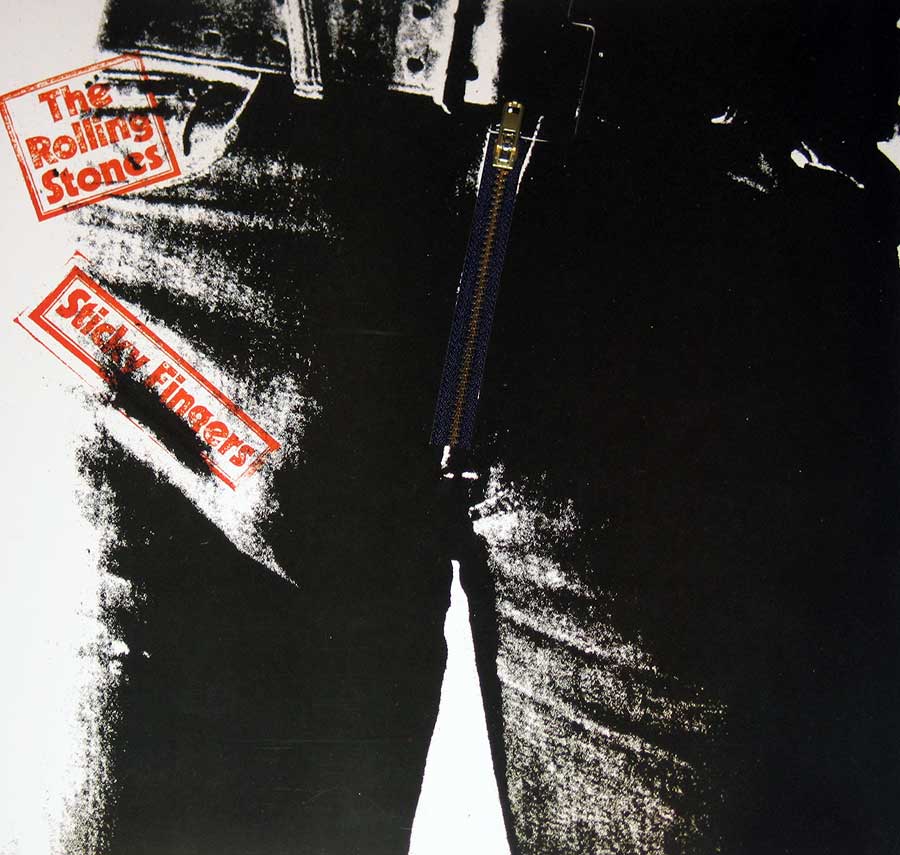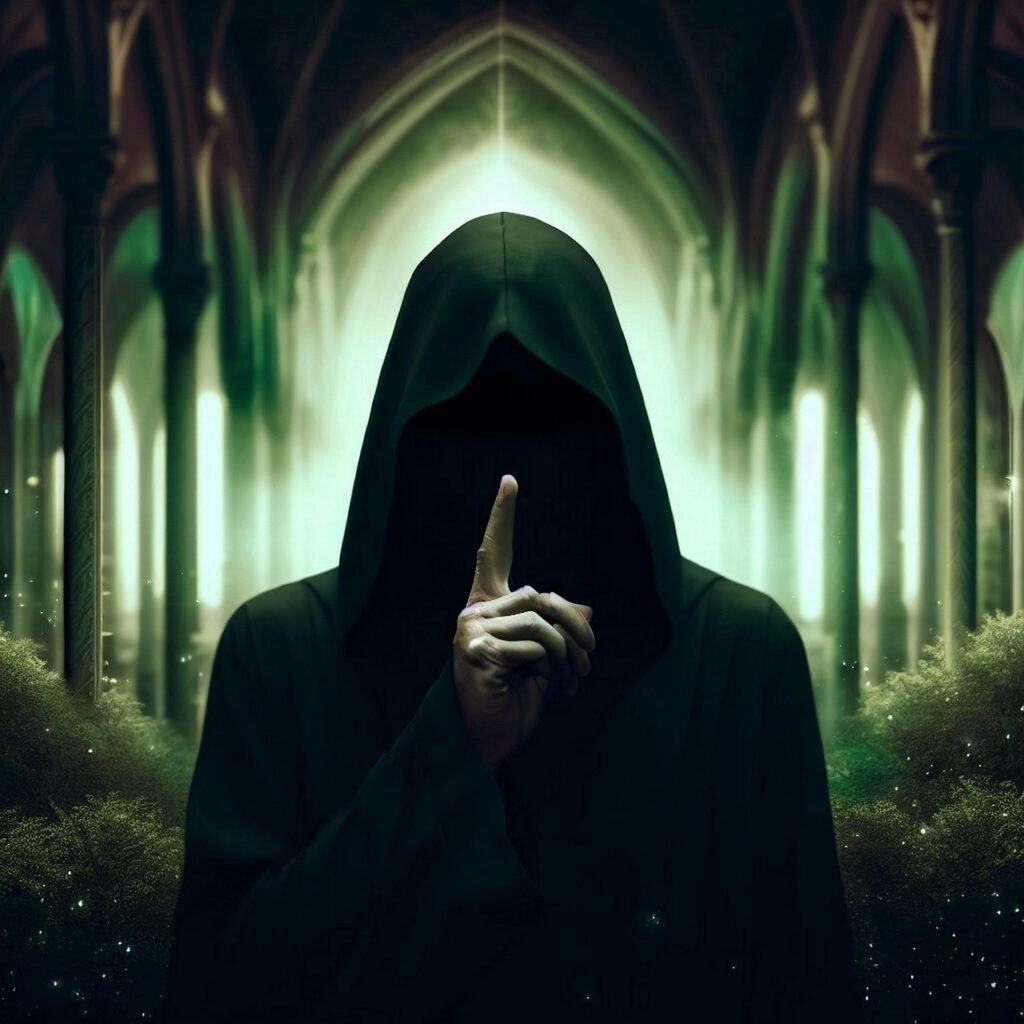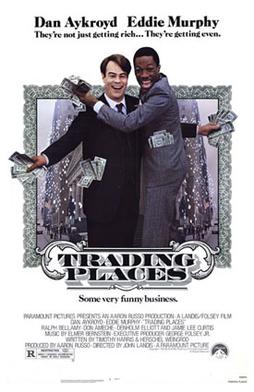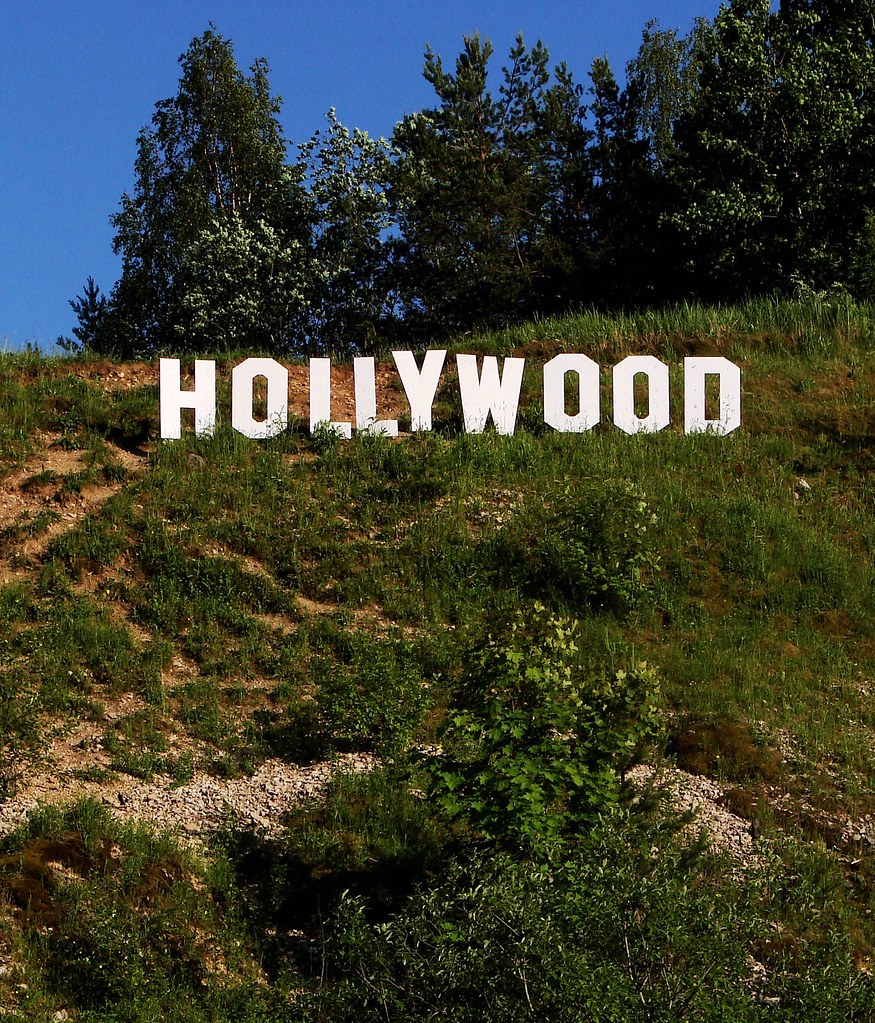Documentaries, by their very nature, serve as a vital mirror to society, offering profound insights into unexplored areas and shedding light on untold stories. They possess a unique capacity to inform, inspire, and provoke crucial discussions across a spectrum of topics. These films often navigate a fine line between compelling storytelling and challenging established norms, frequently delving into themes that many prefer to keep hidden from public view.
Yet, in a world where freedom of expression frequently clashes with varying degrees of censorship, some documentaries are ultimately deemed too controversial, sensitive, or disruptive for public consumption. This inherent tension frequently manifests in the decisions made by film festivals and other institutions, which must weigh the artistic merit and public importance of a film against potential repercussions, ranging from security threats to accusations of political incitement.
The phenomenon of a documentary being banned or suppressed is far from uncommon. It tells a compelling story about who fears the truth and why. Whether driven by political content, social issues, national security concerns, or even the ethical implications of certain filmmaking techniques like hidden cameras, such prohibitions invariably spark public debate and raise significant questions about the limits of free speech and the precise role of censorship within contemporary media landscapes. We will explore several prominent instances where the impulse to document reality has met significant resistance, forcing a reevaluation of what constitutes an acceptable public narrative.
1. Undercover: Exposing The Far Right
British filmmaker Havana Marking’s latest project, “Undercover: Exposing The Far Right,” an undercover documentary about far-right communities in the UK, was originally slated to debut at the London Film Festival (LFF). However, in a development that underscored the complex challenges facing investigative filmmaking, the festival ultimately pulled the film from its lineup, citing “operational and safety” concerns. This decision led the film to world premiere on Channel 4 instead.
The documentary, created in collaboration with the UK anti-racist organization Hope not Hate, received an invitation to world premiere at LFF in June. Yet, just weeks before the festival was set to begin, organizers contacted the filmmakers to express their concerns. On October 3, merely six days prior to the festival’s commencement, LFF confirmed its decision not to screen the film, a move that highlighted the intense pressures involved in showcasing highly sensitive content.
Festival organizers explained their decision by referencing “perceived risks of disruption or harm to audiences or staff,” concerns directly communicated to the filmmakers. The 90-minute documentary meticulously follows activists from Hope Not Hate as they undertake secret investigations, employing hidden cameras to reveal the strategies of far-right activists. These strategies included plans to target minority communities and the use of well-funded, media-savvy influencers to disseminate racist material to new audiences.
The film’s production came in the wake of a series of race riots that had swept across UK cities, fueled by social media misinformation following a tragic incident in Southport. The director, Havana Marking, expressed her profound disappointment, stating, “I understand the fear that people have, but I’m very disappointed that no alternative method of screening at LFF could be found. It is getting harder and harder to make these films and to lose this audience was upsetting.”
Kristy Matheson, Director of the BFI London Film Festival, corroborated the difficulty of the decision. She described the film as “exceptional and easily one of the best documentaries I have seen this year” and “incredibly important.” However, she emphasized that “festival workers have the right to feel safe and that their mental health and well being is respected in their workplace,” a principle that ultimately guided the festival’s “heartbreaking decision” to withdraw the film from its program.

2. The Dissident (2020)
Bryan Fogel’s 2020 documentary, “The Dissident,” delves into the shocking assassination of Jamal Khashoggi, a Saudi Arabian journalist, at the Saudi consulate in Istanbul. Described by The New York Times as a “thrilling investigation that plays out with the urgency of a spy novel,” the film meticulously dissects the planning and execution of Khashoggi’s murder, its profound international implications, and the alleged role of the Saudi Arabian government.
The documentary incorporates a range of crucial evidence, including CIA findings and surveillance footage, alongside intimate interviews with Khashoggi’s fiancée, Hatice Cengiz. It also features commentary from Omar Abdulaziz, a close confidante of the slain journalist, providing a comprehensive and often chilling account of the events leading to and following the assassination.
Despite garnering critical acclaim for its detailed storytelling and fearless journalism, “The Dissident” encountered significant hurdles in its distribution. Major streaming platforms notably “steered clear,” leading to discussions about the powerful influence of “political sensitivities over content availability.” This situation raised critical questions regarding the freedom of the press and the power dynamics within the film industry.
While the film garnered attention at the Sundance Film Festival, its theatrical release was notably limited, indicating the pervasive challenges faced by documentaries tackling such politically charged subjects. Ultimately, it found distribution through Briarcliff Entertainment and became available on On-Demand platforms, a testament to its eventual, albeit constrained, reach.
3. Bare Fist: The Sport That Wouldn’t Die (1997)**Released in 1997, “Bare Fist: The Sport That Wouldn’t Die” is a provocative documentary that delves into the clandestine world of underground bare-knuckle boxing. This film explores a sport that has stubbornly persisted despite enduring significant legal and societal pressures, highlighting its unique resilience and often disputed history within a distinct subculture.
Released in 1997, “Bare Fist: The Sport That Wouldn’t Die” is a provocative documentary that delves into the clandestine world of underground bare-knuckle boxing. This film explores a sport that has stubbornly persisted despite enduring significant legal and societal pressures, highlighting its unique resilience and often disputed history within a distinct subculture.
The documentary faced considerable controversy due to its “unflinching portrayal of violence” and the “legal ambiguities surrounding the events it covers.” Its raw depiction of unsanctioned combat challenged public perceptions and legal frameworks, leading to widespread debate about the ethics of its content. This direct confrontation with societal taboos often makes such films targets for censorship.
The structure of “Bare Fist” provides a multifaceted perspective through a mix of interviews with fighters, organizers, and enthusiasts. Crucially, it includes “footage of actual fights,” offering viewers an uncompromising look into the intensity of the sport. This visual immediacy, while central to its narrative, also contributed to its contentious status.
While some viewers lauded the film for its honesty and insightful exploration of a niche subculture, critics argued that it glorified a dangerous and unregulated activity. These conflicting receptions underscore the delicate balance documentary filmmakers must strike when presenting controversial subjects. Ultimately, the documentary struggled significantly with distribution, receiving bans in certain regions due to the issues it raised, further fueling discussions on censorship and the portrayal of violence in media.

4. The Save the Children Fund Film (1971)
In 1971, the renowned British filmmaker Ken Loach created a documentary for the charity Save the Children Fund. The film, initially commissioned with the intention of celebrating the charity’s global work, unexpectedly evolved into a critical examination of its practices. This unforeseen turn led to its eventual banning by the organization that had commissioned it.
Loach, known for his distinctive realist style, approached the material with a critical eye, highlighting the stark contrast in living conditions between different regions and questioning the efficacy of the charity’s efforts. The film suggested that the charity’s work was more “paternalistic than helpful” and boldly portrayed “the legacy of British colonialism as a contributing factor to ongoing problems in Kenya,” issues deemed highly sensitive by the charity.
The charity deemed the film’s depiction of their work as “too negative,” leading to a significant conflict between freedom of expression and organizational reputation. After a private screening, Save the Children made the difficult decision to ban the documentary, fearing that its public release could severely “damage their public image and fundraising efforts” at a critical juncture.
Consequently, the film remained unseen by the public for an extended period, until it was finally screened at the British Film Institute in 2011. This incident raised important questions about the role of documentary filmmaking within charitable endeavors, the delicate balance between creative control and the subject’s portrayal rights, and the profound impact of such events on broader issues of censorship, representation, and the ethical responsibilities of charitable organizations.
Read more about: Rustle Up Some Fun: 14 Surprising Behind-The-Scenes Facts From The Golden Age of TV Westerns

5. Brave, Bashed, Battered and Bruised (1997)
“Brave, Bashed, Battered and Bruised,” a controversial documentary released in 1997, explicitly highlights the struggles and pervasive challenges faced by marginalized groups across the United States. It provides an unflinching focus on themes of violence, systemic oppression, and the ongoing pursuit of social justice within these communities.
The documentary is structured through a compelling series of interviews and raw, unedited footage. These segments depict the everyday lives of individuals from varying backgrounds, offering an unfiltered glimpse into their realities. This raw, uncompromising vision, while lauded by some sections of the film community, was also the source of considerable contention.
The controversial nature of the film primarily stemmed from its “unfiltered portrayal of violence and explicit content.” This directness proved too challenging for many institutions and regions, leading to its being “banned in several regions” upon its release. Such prohibitions underscore societal discomfort with extreme realism, particularly when it confronts viewers with disturbing truths.
Upon its initial release, the film garnered critical acclaim from some quarters for its bold and uncompromising vision. However, it also received significant backlash from others, for precisely the same reasons. As of December 2021, the documentary notably “remains banned in certain regions, with no signs of the restrictions being lifted,” highlighting the enduring nature of such censorship. Copies of the film are scarce, often shared through underground networks, symbolizing a form of defiance against restrictions on freedom of expression.

6. Sikkim (1971)
In 1971, the esteemed director Satyajit Ray created the documentary film titled “Sikkim.” The initial intent of this documentary was to magnificently showcase the unique culture and sovereign status of Sikkim, a then-independent Himalayan kingdom. However, the film’s fate took a dramatic turn after Sikkim’s annexation by India in 1975.
Following the political integration, the documentary faced an outright ban due to its “sensitive political content.” The film, commissioned by the Chogyal (King) of Sikkim, presented various facets of the region, including its stunning landscape, its diverse people, and its traditional rituals. It also, quite pointedly, highlighted the disparity between the wealthy and the poor, adding another layer of political tension.
The Indian government deemed certain elements of the documentary controversial, fearing it “might cause disturbances in the newly integrated state.” Specific factors leading to the ban included its “portrayal of Sikkim as an independent state,” its explicit “highlighting [of] economic disparities,” and its perceived “potential to incite separatist sentiments.” These reasons reflect a common governmental concern: that films can challenge national narratives and fuel dissent.
Despite the official ban, “Sikkim” eventually resurfaced in the public domain following a protracted legal battle. It was finally screened in 2010, nearly four decades after its creation, a testament to the persistent efforts by dedicated individuals and institutions to lift the restrictions. The documentary remains notable for its profound cultural significance and the extensive controversy surrounding its political implications, serving as a valuable historical record of Sikkim before its merger with India and showcasing Ray’s diverse filmmaking prowess.”
The suppression of documentaries often extends beyond direct political or safety concerns, delving into a complex interplay of broader societal and artistic tensions. These issues, ranging from the ethical implications of graphic content and privacy violations to questions of creative control and the shaping of national narratives, frequently determine a film’s fate in the public sphere. When films confront established norms or reveal uncomfortable truths, they inevitably challenge powerful interests, prompting decisions that weigh artistic merit against perceived disruption. The following cases further illuminate how these fundamental tensions contribute to the banning or restriction of documentaries, offering a comprehensive understanding of why some stories are ultimately kept from the public.

7. Save The Children (1969)
Ken Loach, the acclaimed British filmmaker, directed a documentary for the charitable organization Save the Children in 1969. This particular film, distinct from a later project in 1971, was initially commissioned with the intention of chronicling the charity’s efforts to assist underprivileged youth in both England and Kenya. It sought to capture the breadth of their work through various segments.
The documentary featured an array of interviews with dedicated staff and volunteers, alongside candid footage depicting the living conditions in urban London and Nairobi. It also showcased scenes of educational activities and the daily lives of the children the charity aimed to serve. The original purpose was to present a clear, perhaps celebratory, account of Save the Children’s humanitarian endeavors.
However, upon its completion, the film was deemed overtly controversial by the charity itself. Its critical lens implicitly critiqued what was perceived as class and race biases inherent in the organization’s approach to aid, presenting certain actions in a negative light. This unexpected turn led to a significant clash between the filmmaker’s artistic vision and the charity’s self-perception.
Consequently, Save the Children requested that the film be withdrawn from circulation, effectively keeping it from public view for several decades. Its eventual re-emergence into the public sector has since fueled important discussions concerning the complexities of charity work, the ethical representation of disadvantaged communities, and the broader implications of censorship within philanthropic contexts. Despite its initial suppression, the documentary has gained recognition as a significant work that challenges the operational ethics and societal impact of charitable organizations.
Read more about: You Need to Add These 14 Seriously Awesome Classic Movies to Your Watchlist ASAP!

8. Chavismo: The Plague of the 21st Century (2018)
Released in 2018, “Chavismo: The Plague of the 21st Century” is a controversial documentary that undertakes a critical examination of the profound political and social transformations experienced by Venezuela under the leadership of Hugo Chávez and his successor, Nicolás Maduro. The film offers a distinctly adversarial perspective on the political ideology known as Chavismo, meticulously dissecting its far-reaching consequences across the nation’s economy, institutions, and overall societal fabric.
The documentary’s narrative is constructed through a compelling compilation of interviews. These include insights from political analysts, perspectives from former government officials, and, crucially, personal testimonies from Venezuelan citizens who have been directly impacted by the policies and fallout of Chavismo. This multifaceted approach aims to provide a comprehensive, albeit critical, overview of the country’s trajectory during this period.
A significant portion of the film is dedicated to an incisive analysis of Venezuela’s economic decline, vividly illustrating the devastating effects of hyperinflation and chronic shortages of essential goods. It also delves into the erosion of democratic institutions and political freedoms, alongside the pervasive social impacts, such as escalating crime rates and the widespread phenomenon of mass emigration that has reshaped the country.
Due to its unequivocally critical stance toward Chavismo, the documentary faced substantial censorship and was subsequently banned in several countries, particularly those whose governments maintained sympathetic relations with the Venezuelan administration. These prohibitions were frequently predicated on allegations of misinformation and the potential for the film to incite social unrest, underscoring the political sensitivities surrounding its content. While its reception was mixed—some lauded its illumination of Venezuelan hardships, others criticized its perceived one-sidedness—the film successfully garnered international attention, sparking vital debates on the nature and consequences of populist regimes across Latin America.

9. Royal Family (1969)
The documentary “Royal Family,” directed by Richard Cawston and first broadcast on the BBC in 1969, offered an unprecedented glimpse into the private life of the British monarchy. This film provided a unique and intimate portrayal of Queen Elizabeth II, Prince Philip, and their children, depicting them engaging in both their official public duties and their more personal, daily activities.
After its initial broadcast, the documentary was notably withdrawn from public viewing and has since remained largely unseen by the general public. This decision to severely limit its availability was reportedly made by the royal family themselves, reflecting a protective stance over their image and privacy. The film thus became a rare piece of royal history, primarily accessible through restricted channels.
The documentary’s release and subsequent withdrawal sparked a significant debate concerning the appropriate level of privacy afforded to the royal family. While some argued that the film successfully humanized the monarchy, allowing the public to connect with them on a more personal level, others contended that this very intimacy risked undermining the traditional mystique and institutional dignity of the crown.
Key scenes from the film included Queen Elizabeth II in her day-to-day role, performing state business, and Prince Philip carrying out various engagements and pursuing personal hobbies. Importantly, the film also captured candid moments of family life, such as the royals enjoying a barbecue or watching television, which contributed significantly to its controversial yet humanizing effect. Despite its limited public release, “Royal Family” exerted a profound influence on subsequent royal documentaries and media portrayals of the family, effectively setting a new precedent for future royal broadcasts and reshaping the public’s perception of the monarchy.
Read more about: The Echoes of Giants: How Enduring Literature Navigates a Fragmented World and a Shifting Cultural Landscape

10. The Sweatbox (2002)
“The Sweatbox” is a compelling, yet officially unreleased, documentary film that offers an extraordinary behind-the-scenes look into the notoriously troubled production of Walt Disney Feature Animation’s “The Emperor’s New Groove.” Co-directed by Trudie Styler and John-Paul Davidson, this film provides a remarkably raw and intimate glimpse into the often-challenging creative process within one of the world’s most iconic animation studios.
Initially conceived to document the making of “Kingdom of the Sun,” which ultimately underwent a drastic creative overhaul to become “The Emperor’s New Groove,” the documentary’s title itself holds significance. “The Sweatbox” was the nickname for the crucial screening room where animators would present their work to studio executives, frequently receiving brutally honest, and at times devastating, feedback.
One of the key highlights of the film is the involvement of Sting, who was commissioned to write the music for the original project. He narrates various parts of the documentary, offering his unique perspective as an external creative collaborator witnessing the internal struggles. His wife, Trudie Styler, as co-director, provided unparalleled access, capturing the genuine human element of creative endeavor.
The footage candidly documents the tough decisions, significant creative disagreements, and massive rewrites that ultimately led to the complete re-envisioning of the project. Despite its historical and artistic value, Disney has kept “The Sweatbox” from any official public release. While copies have occasionally leaked online, they are typically removed swiftly due to copyright claims, raising pertinent questions about the transparency of the filmmaking process and how major studios manage their brand image. Despite its absence from official channels, “The Sweatbox” endures as an intriguing artifact within the animation community, highly valued for its unvarnished portrayal of the complexities inherent in animated film production.
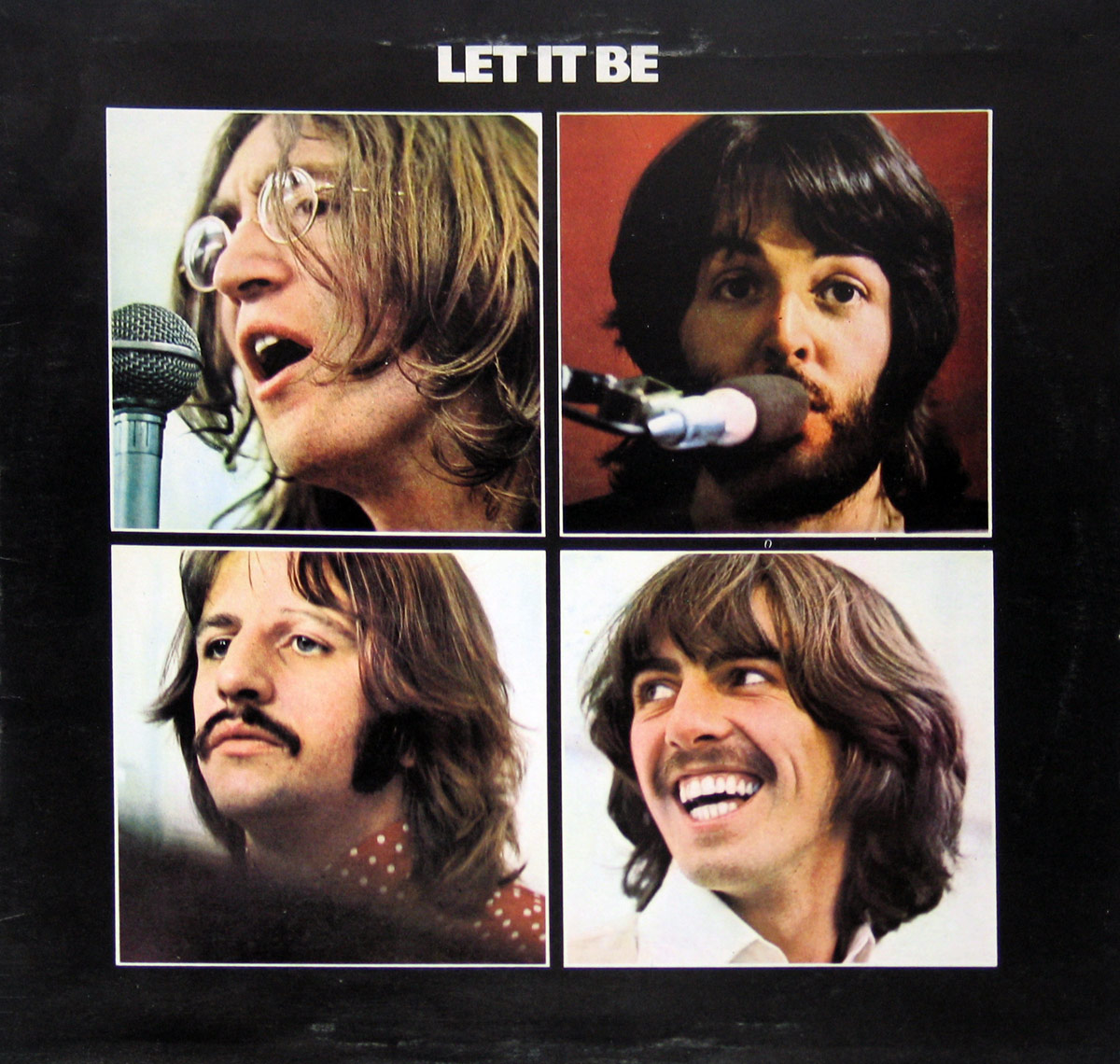
11. Let It Be (1970)
“Let It Be” stands as a significant, albeit controversial, documentary film offering an intimate look at The Beatles during the recording sessions for their final studio album, also titled “Let It Be.” Directed by Michael Lindsay-Hogg, the film provides a raw and unembellished portrayal of the legendary band during what proved to be a profoundly turbulent and transitional period in their history.
The documentary quickly became contentious due to its candid depiction of what appeared to be significant discord, tension, and open arguments among the band members. This raw portrayal offered a stark contrast to the harmonious public image The Beatles had cultivated throughout their celebrated career, challenging fan perceptions and hinting at the internal fractures that would soon lead to their dissolution.
Following its initial release, the film’s distribution and availability were tightly controlled. The rights were managed by Apple Corps, which severely limited its circulation. While “Let It Be” was available on formats such as VHS and LaserDisc in its early years, it has notably remained unreleased officially on modern digital platforms, including Blu-ray or contemporary streaming services, as of 2023.
The primary reason behind this enduring unavailability is largely attributed to the reticence of the surviving band members—or their respective estates—regarding the period captured in the documentary, which many view as a painful chapter. An anticipated film renewal, including remastered footage, has been postponed indefinitely, leaving the documentary in a state of relative obscurity. Consequently, fans and historians often resort to bootleg copies to access the material for research, nostalgia, and a deeper understanding of this pivotal moment in music history.
Read more about: Arnold Schwarzenegger’s Unstoppable Lineup: Exploring the Icon’s Legacy of Power and Enduring Might
The journey through these banned documentaries underscores a fundamental truth: the act of filming reality is rarely a neutral endeavor. Whether confronting uncomfortable social truths, challenging governmental narratives, or exposing private moments, these films often collide with powerful institutions and deeply entrenched societal values. The decisions to ban or suppress them, whether driven by concerns over public safety, national image, or artistic integrity, reflect a complex interplay of power, politics, and ethics. Each prohibition, therefore, does not merely silence a story; it ignites a broader conversation about freedom of expression, the public’s right to information, and the enduring power of the moving image to provoke, inform, and ultimately, shape our understanding of the world. In an era saturated with information, the narratives that are suppressed often become the most compelling, reminding us that truth, in all its inconvenient forms, invariably seeks to find its way to light.

